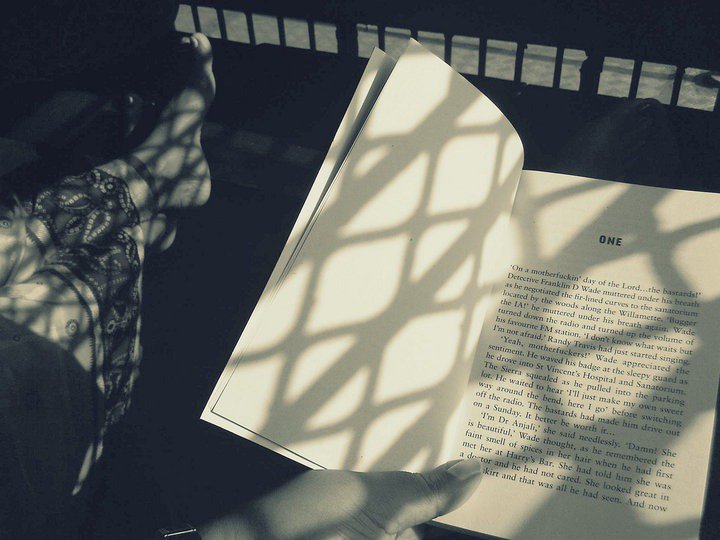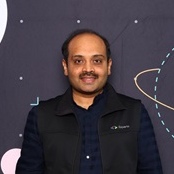How to Take Good Photos with your Mobile Phone
Digital cameras bundled with mobile phones are getting better and better with more megapixels, better quality lenses, storage space, resolution, focusing, video capabilities, facial recognition and flash.
That said, you don’t really need an high-end smartphone with a 8-megapixel camera to take good pictures. A decent camera phone with a 3-megapixel sensor is good enough for that everyday candid, lifestyle shots one tends to take.
The best camera is the one that’s with you
I cannot carry my DSLR everywhere and I am often find myself in such a situation where I see a frame and I do not have my camera with me. As a photographer I am more fearful of losing the moment than fearful of the quality of images that the camera will produce.
I don’t find it embarrassing to take out my Blackberry 8900, equipped with a 3.2MP camera and 2X digital zoom, for clicking a street scene. A good photograph is not always dependent on the device it is shot with. My camera doesn’t make my images, I do. To quote a very popular new media photographer Chase Jarvis - “The best camera is the one that’s with you.”
While one cannot argue that smaller censor of the camera makes it difficult to produce sharp, noise free images, there are a few tricks one should learn while shooting with his/her phone camera phone.
 This photograph was capturing using a Camera Phone
This photograph was capturing using a Camera Phone
Tips - Taking Good Pictures with your Camera Phone
#1. Settings - As a photographer, I do not like shooting in the Auto mode of my DSLR as I do not want the camera to make decisions regarding how my picture should come out. Similarly for a camera phone if you have options of changing the settings try to change them as per your needs.
Turn off the flash when it is not required. I feel the bad quality of the flash ruins the photos most times and hence I do not like shooting with it and try to get additional light sources in and around the subject I am shooting. If you are shooting indoors and your camera phone has a setting for that then experiment with the setting first. Many camera phones have the option of changing the resolution of the pictures. Always shoot in the maximum resolution so you can capture the maximum details.
#2. Lights - Photography is all about Light, the one that lights up your heart. What is photography but play of light? Even while shooting with the camera, one needs to know how to read the available light looking at the conditions around. The best phone camera pictures are taken in plenty of light. Typically that is when one can try and reduce the noise levels and getter better results.
Different lights impact the color in your images in different manner. If your phone camera has the basic white balance features then experiment with them to get the near possible match. Be aware that your phone camera may not have the advanced features of a high end DSLR but a lot can also be fixed with touching up the images late. Most of the photos shot by the Blackberry have used light to its advantage; a couple were shot as backlits in extreme sunlight to bring out the translucent textures of the objects.
#3. Hold it steady - Do you often complain of blurry images while shooting with your phone camera? There is a possibility it has a slow shutter speed and is prone to blurs with a little shake here and there. Often there is a delay between the release of the shutter and the actual click of the phone. That is the moment when a little movement will create bad blurs.
Holding the camera really steady and even after the shutter is released, keep it steady for a few seconds more just to be sure. You could also try supporting the phone on a few books, table, against the table vase and get sharper images. Having said that, take advantage of the slow shutter speed and capture a couple of good motion blurs images. I usually make use of my HTC Tattoo’s slow shutter speed, which is a nuisance otherwise to create abstracts.
Also see: Interesting Uses of Camera Phones
#4. Avoid zooming in - The built-in zoom in most phone cameras are not optical but digital. Hence, it is advisable to not zoom in to compose a picture because you are not really zooming.
Fill up your frame by moving closer to the subject. This is to take care of the issue of subjects looking smaller than usual when shot on the phone which is due to the smaller resolution which is typical of phone cameras. Cropping could be a good solution to that but it can lead to pixilation.
#5. Experiment - Phone cameras allow greater flexibility in shooting. With their compact sizes, they can easily be tucked into that shirt pocket or that tiny clutch. Easy shots at any fashionable get-together or a wedding without carry a big DSLR and appearing clumsy. Experimenting with different angles, compositions is more possible since the device will fit into any nook or cranny and since a few camera phones have timers it makes it so much easier to get that elusive shot with a little planning.
PS:I have sneaked in my phone when my DSLR wasn’t allowed at the Ajmer Dargah and captured an image sneakily.
Regardless of where I use it I do not miss, ‘missing the moment’ anymore since both my phone cameras given near perfect images whenever I want and depending on how I use them in those light/temperature conditions . These pictures can also be printed on an A4 size paper after proper post processing for optimum output.
The author Paromita Deb Areng is a photographer and an avid phoneographer. She dabbles in People, Abstracts, Fine Art, and Street and Travel photography.
Paromita, popularly known as @suddentwilight in the online world, is based out of Mumbai and you can reach her directly at camelot999@gmail.com or +91-9004390669.

Amit Agarwal
Google Developer Expert, Google Cloud Champion
Amit Agarwal is a Google Developer Expert in Google Workspace and Google Apps Script. He holds an engineering degree in Computer Science (I.I.T.) and is the first professional blogger in India.
Amit has developed several popular Google add-ons including Mail Merge for Gmail and Document Studio. Read more on Lifehacker and YourStory




























